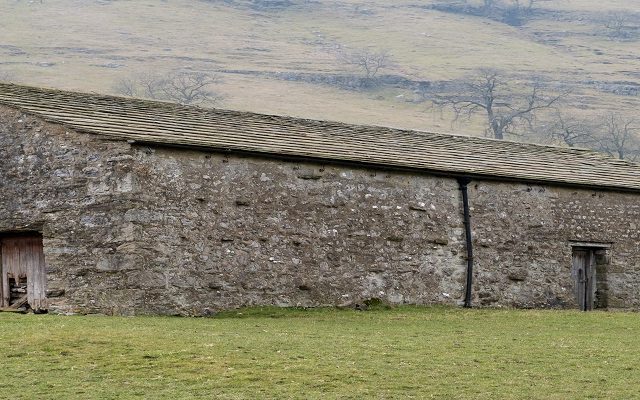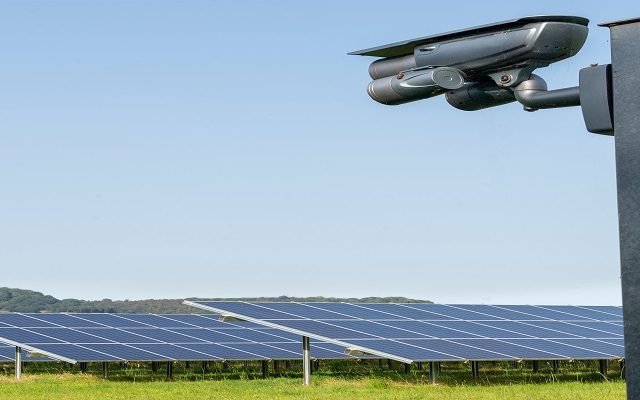Implications of new telecoms rulings for landowners
The Supreme Court recently passed down its judgement on three cases regarding the implementation of the Electronic Communications Code.
In 2017, Parliament implemented a new Electronic Communications Code under the Digital Economy Act which covers, amongst other things, the acquisition of so-called ‘code rights’ by telecoms operators, enabling the installation and operation of electronic communication apparatus – such as mobile phone masts – on other people’s land or buildings.
The new code replaced and made considerable changes to a previous version of the code, now referred to as the ‘old code’.
The complexities of the new code mean this is not a straightforward issue to interpret.
Our initial analysis of these three judgements is that the outcomes are important to understand and apply the appropriate test to any circumstances which you may find yourself. There are different implications for landowners with a telecoms masts on their property under a subsisting agreement (that is one agreed under the old code) with a lease that falls within the Landlord and Tenant Act 1954, compared to those who have a lease which was contracted out and therefore not protected by the L&T Act.
The three cases referred were as follows:
- Compton Beauchamp – Cornerstone Telecommunications Infrastructure Ltd (Appellant) v Compton Beauchamp Estates Ltd (Respondent)
- Ashloch – Cornerstone Telecommunications Infrastructure Ltd (Appellant) v Ashloch Ltd and AP Wireless II (UK) Ltd (Respondents)
- “Queens Oak”/ On Tower – On Tower UK Ltd (formerly known as Arqiva Services Ltd) (Appellant) v AP Wireless II (UK) Ltd (Respondent)
In a unanimous judgment, the Supreme Court –
1. Dismissed the Compton Beauchamp appeal,
2. Requested further submissions from the parties in Ashloch prior to deciding its outcome,
3. Allowed the On Tower appeal.
Implications of rulings
The main issues brought up by the three cases was whether, and how, an operator who has already installed electronics communications apparatus on a site under the old code can acquire new or better code rights from the site owner.
The Supreme Court ruled that an operator which is already a party to a code agreement can only apply to the Tribunal to modify the terms of existing code rights it already has once Part 5 of the new code becomes available.
Part 5 is the section of the code which contains provisions for the renewal and modification of an existing code agreement, but only once the initial period covered by the agreement comes to an end. This means that if the code rights were originally granted by the site owner for 10 years, Part 5 of the new code only becomes available at that point.
The court supported the position that old code agreements, still within contractual terms, should not be open to being overruled because it said parties should not be allowed to sidestep agreements and should stick to the bargains they had previously struck.
However, it pointed out an operator may seek agreement for additional rights to be granted by way of mutual agreement (under Part 2), or failing consensual agreement, using Part 4 which contains powers to impose code rights. This is probably the most useful point to come out of the judgment. The ability to apply for additional rights at any point of the term is significant as it means an operator need not seek unlimited rights at the outset if they do not need them. It also potentially opens the door to allow reasonable conditions / restrictions to be included to govern the level of equipment, such as the number and direction of antennae as these are practical matters that has a bearing on the site provider’s wider property.
The judgement also clarified that an operator with equipment on a subsisting site and seeking new rights is not ‘the occupier’ from whom rights have to be granted or rights imposed against. This was an issue that had been causing problems as it was argued that if the operator was also the occupier, then they could not agree new rights with themselves.
The court ruled that in relation to Parts 2 and 4 of the code, an operator who is in occupation of the site is not ‘the occupier’ on whom new rights would be imposed. Instead that should be the party who granted the rights in the first instance or their successors.
Another area highlighted by the judgment is the challenge currently facing landowners in distinguishing between a legitimate request for a new code agreement or modification of an existing agreement.
One of the operators, AP Wireless, argued there was no criteria set down for determining when a claim for a modification to an existing code right became a claim for an additional code right.
The court concluded that if a landowner was faced with an unwelcome application by an operator for changes to an existing agreement, they may submit to the tribunal that the operator is illegitimately dressing up a modification of the existing agreement as a request for new rights. This would be an illegitimate attempt to bypass the fact that the existing agreement has not yet reached the end of its contractual terms and Part 5 provisions would therefore not be available to modify it.
Costs ruling
Another recent judgement of interest relates to the case EE & H3G v HSBC heard in the Upper Tribunal. This resulted in an unusually short judgement relating to where interim code rights are imposed for new sites and the associated costs payable by operators. The judgement is very much supportive of landowners being entitled to reasonable costs following an approach by an operator.
S&P COMMENT:
These are all significant cases as they offer some clarity around some of the issues that have been proving most challenging. It is still yet to be seen where this leaves the issue of consideration – operators may try and seek lower rents.
However, what it clearly highlights is that telecoms agreements involve complex negotiations, so landowners approached by an operator, for any reason, need to seek specialist advice.
If you have any questions, please contact Larry Irwin, James Hill or Ian Thornton-Kemsley.






